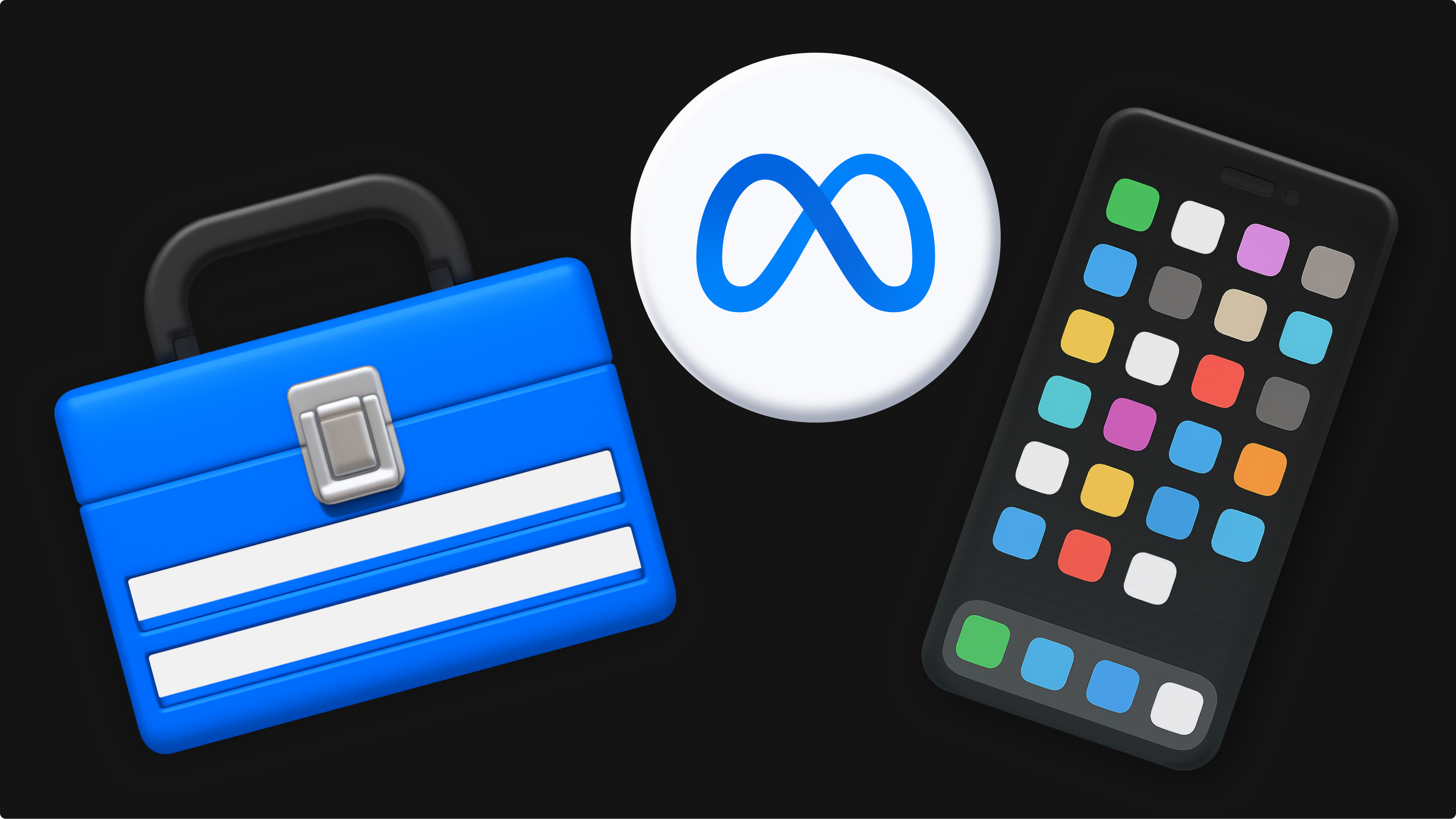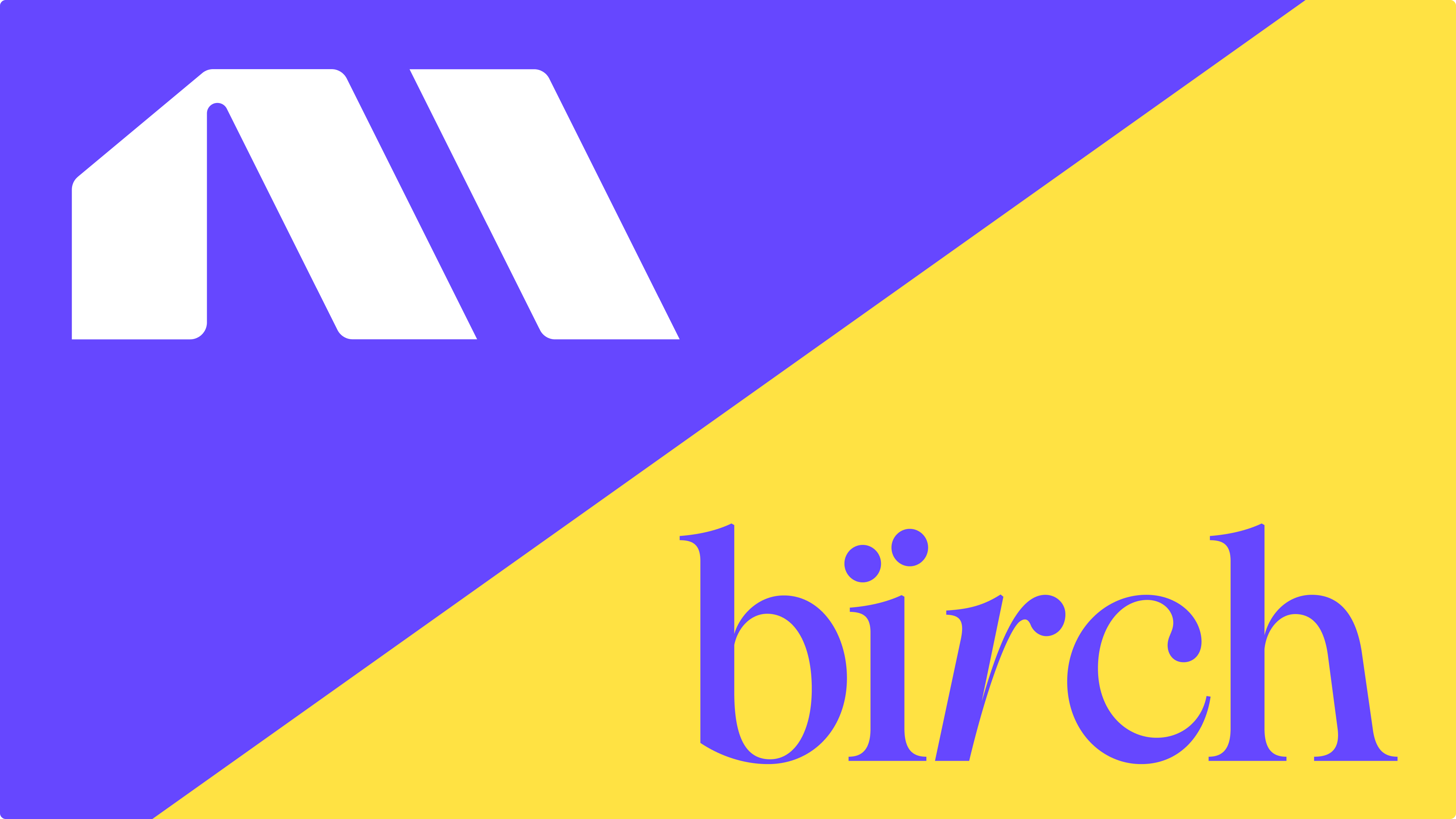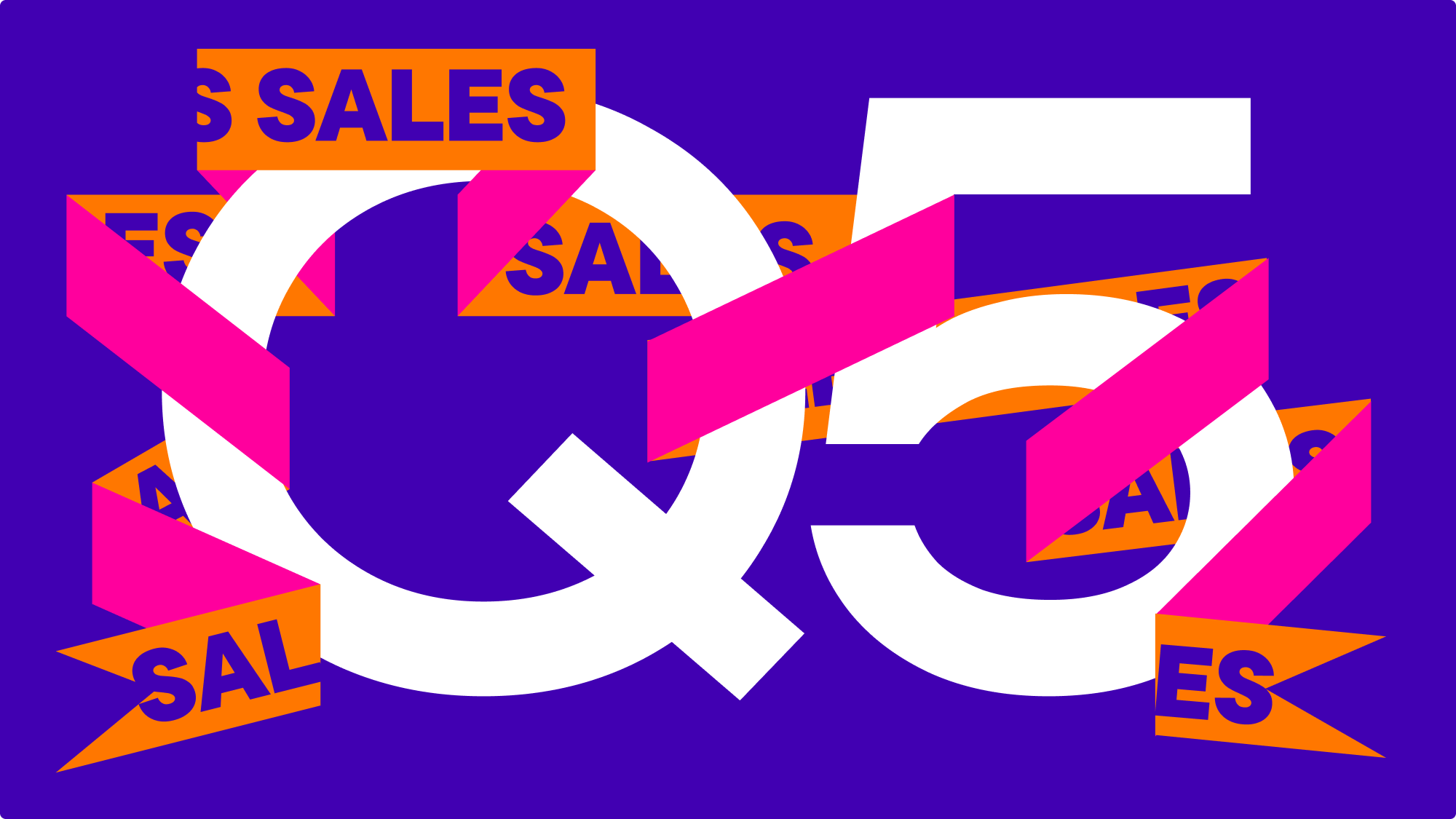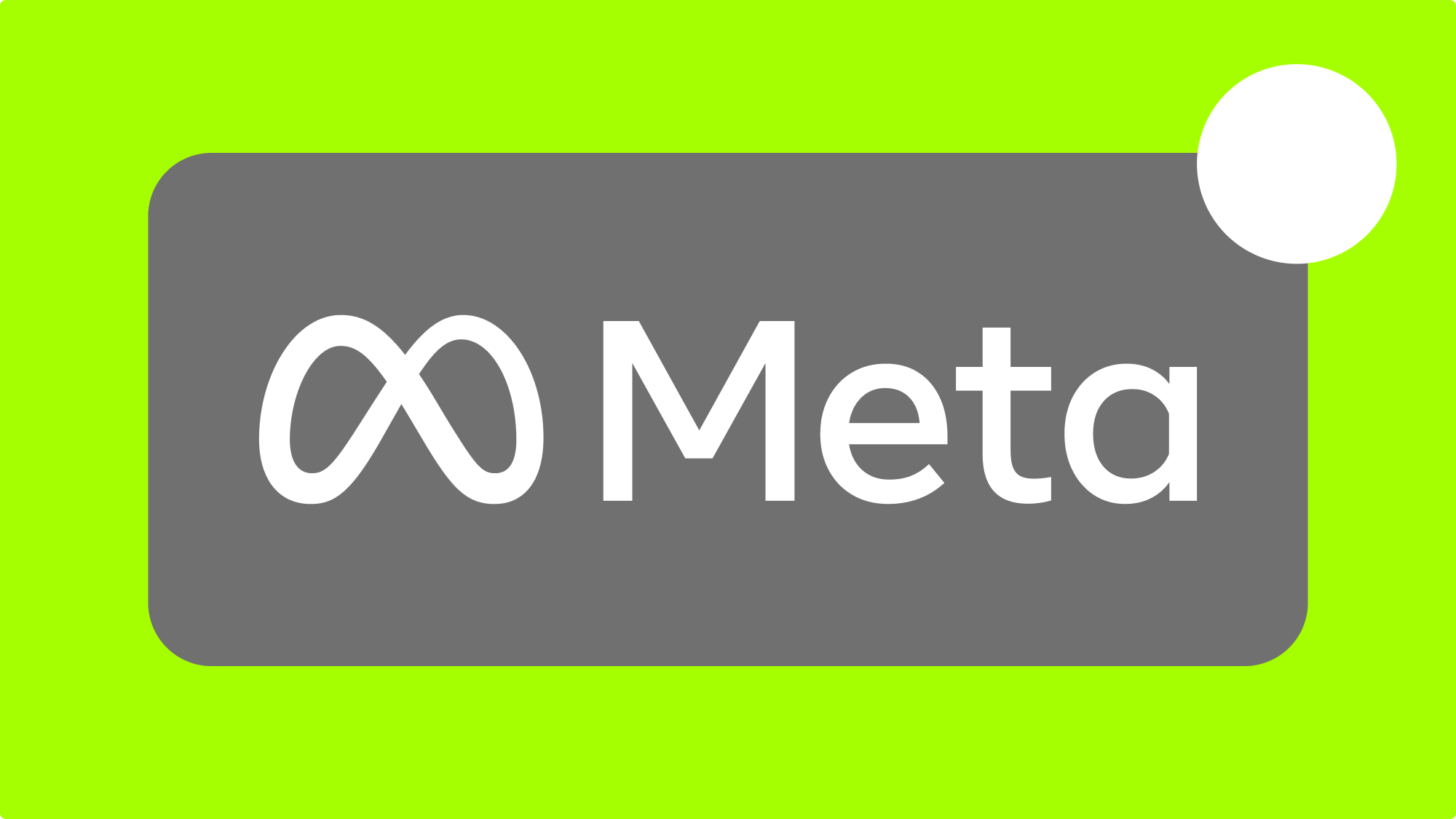Meta has become the gold standard for mobile app advertising. In just a year, they have fast-tracked automation, fine-tuned attribution, and put privacy-first data routing front and center—changing how growth teams approach campaigns.
The shift has been dramatic. AI now handles a lot of the busywork, freeing us up to focus on strategy and creativity. With new tools like the Advantage+ suite and upgrades behind the scenes (like Andromeda), it’s a whole new playing field.
With so many options, teams need to focus on the tools that really move the needle. This guide spotlights the Meta mobile ad tools that are worth your attention in 2025 with guidance to help you avoid common mistakes and achieve the best possible results.
Key takeaways
- Advantage+ app campaigns (AAC) simplify launch and growth with AI-driven setups and creative testing.
- New attribution tools like Meta install referrer and engaged-view attribution close Android tracking gaps.
- Signals Gateway—through Bïrch (formerly Revealbot)—and advanced deep linking unify user journeys and improve signal quality.
- Bonus AI tools enhance creative generation and cross-channel optimization, critical for scaling mobile app ads in 2025.
For new app launches: smarter campaigns with Advantage+ app campaigns

Launching a mobile app used to mean juggling separate campaign types—install, engagement, sales, and lead gen—each with its own setup. In 2025, Meta has consolidated this into a unified campaign flow: all app promotion, sales, and lead campaigns now default to the Advantage+ automation setup.
This unified structure means Meta’s AI handles most decisions—from placements to creative variations to audience selection—leaving marketers to focus on strategy and signal quality.
What’s new in 2025?
- Predictive creative testing: Advantage+ app campaigns use data-driven predictions of creative and audience fit to prioritize your best assets early, cutting down manual A/B testing and accelerating optimization.
- Integrated post-install metrics: Installs don’t mean campaigns are over. Instead, they can be optimized toward in-app purchases, subscriptions, or other LTV metrics, using event data from your MMP or Meta SDK.
- Faster learning phase: Improved signal processing shortens the learning phase, meaning campaigns stabilize and scale more quickly.
- Andromeda back-end: Meta’s new Andromeda infrastructure leverages advanced ML and AI to improve user matching and accelerate ad delivery.
- Expanded lead-gen tools: Lead generation campaigns are now integrated into the Advantage+ dashboard, streamlining onboarding-focused growth funnels (e.g., pre-registration, waitlists) alongside install and sales goals.
What can you still do manually?
While AAC automates much of the setup, you still have control over:
- Creative strategy: Choosing themes, narratives, and variations for AI to mix and match.
- Event prioritization: Defining what matters most (e.g., registration vs. purchase).
- Budget allocation by geo: Meta still allows region-level control for global launches.
When to use Advantage+ ad campaigns
- Early-stage launches where speed is key and teams are lean
- Markets with fragmented audiences (e.g., tier-2 geos) where automation can outperform manual targeting
- Launching major feature updates
- When testing multiple creatives rapidly without heavy UA resources
Common pitfalls & solutions
🔴 Pitfall: Over-trusting automation and turning a blind eye to brand-side feedback.
🟢 Solution: Schedule weekly manual reviews where you focus on creative resonance and brand safety checks, even if the algorithm is driving spend.
🔴 Pitfall: Underinvesting in creative diversity.
🟢 Solution: Launch with more creative variants (static, videos, carousels) than you think you need. Meta’s ML can find breakouts faster with more breadth.
For better attribution: Meta’s fixes for Android tracking gaps
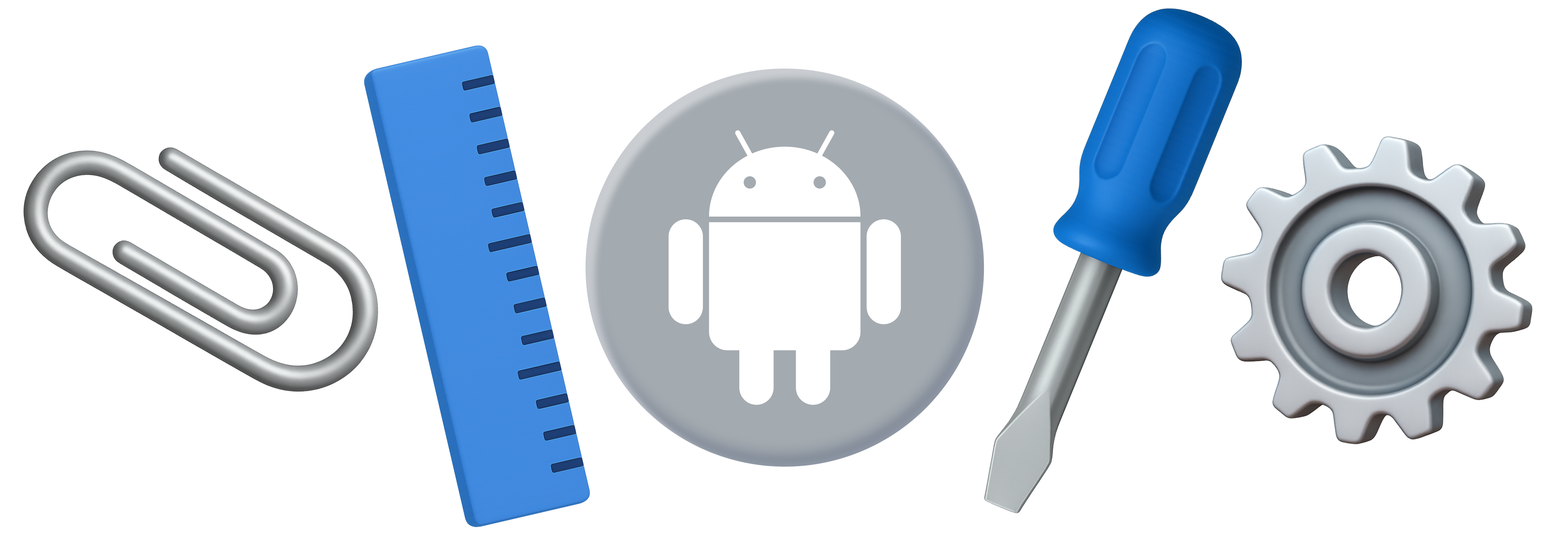
Apple’s privacy updates may have grabbed headlines, but challenges with tracking Android app campaigns have emerged more quietly.
With referrer data disappearing and the rollout of Privacy Sandbox, tracking installs and post-install events became harder. Meta responded with updates to two of its attribution tools: Meta install referrer and engaged view attribution.
Meta install referrer
Historically, Android attribution was affected by inconsistent measurement, especially as privacy restrictions tightened. In late 2024 and early 2025, Meta faced scrutiny over Android tracking methods. Their response? Thorough fixes supported by new tracking and attribution flows.
The key update is enhanced support for the install referrer API, which allows Meta to attribute installs (and sometimes in-app activity) accurately by reading referrer data passed back from the Play Store after an ad click and app install.
Meta install referrer can help when you want to capture installs that Google Play doesn’t attribute due to session limitations, or when traditional attribution might miss multiple session click-through installs.
Meta install referrer lets you gain deeper insights into user install paths across multiple ad interactions, helping you understand complex customer journeys and optimize your marketing strategies accordingly.
However, this tool isn’t as well-suited when:
- Targeting iOS or non-Google Play installs (e.g., Amazon store)
- Redirecting users to web pages instead of the Play Store
- Ads run outside Meta apps or in environments with restricted local storage
- You need cross-device or cross-user attribution (it only tracks installs on the same device)
Engaged-view attribution
New support for engaged-view attribution means marketers can measure conversions from users who viewed an ad (not just clicked). This can boost a team’s understanding of upper-funnel effectiveness, especially on Android, where click-based tracking may be suppressed for privacy. These attribution upgrades help teams close gaps and report more holistically on ROAS and LTV.
Engaged-view attribution is helpful for video ad campaigns where you want to measure conversions from viewers who engage deeply with your video (watching at least 10 seconds or 97% of shorter videos) but don’t click the ad.
It’s handy for understanding the impact of video ads on brand awareness, consideration, and conversions within 24 hours after viewing.
Here are some things to consider:
- It complements, rather than replaces, click-through and standard view-through attribution.
- It only covers a small fraction of conversions, so it’s more meaningful for higher-budget or video-focused campaigns.
- It’s specific to video placements (not unskippable in-stream placements).
For seamless journeys: smarter signal routing and deep linking
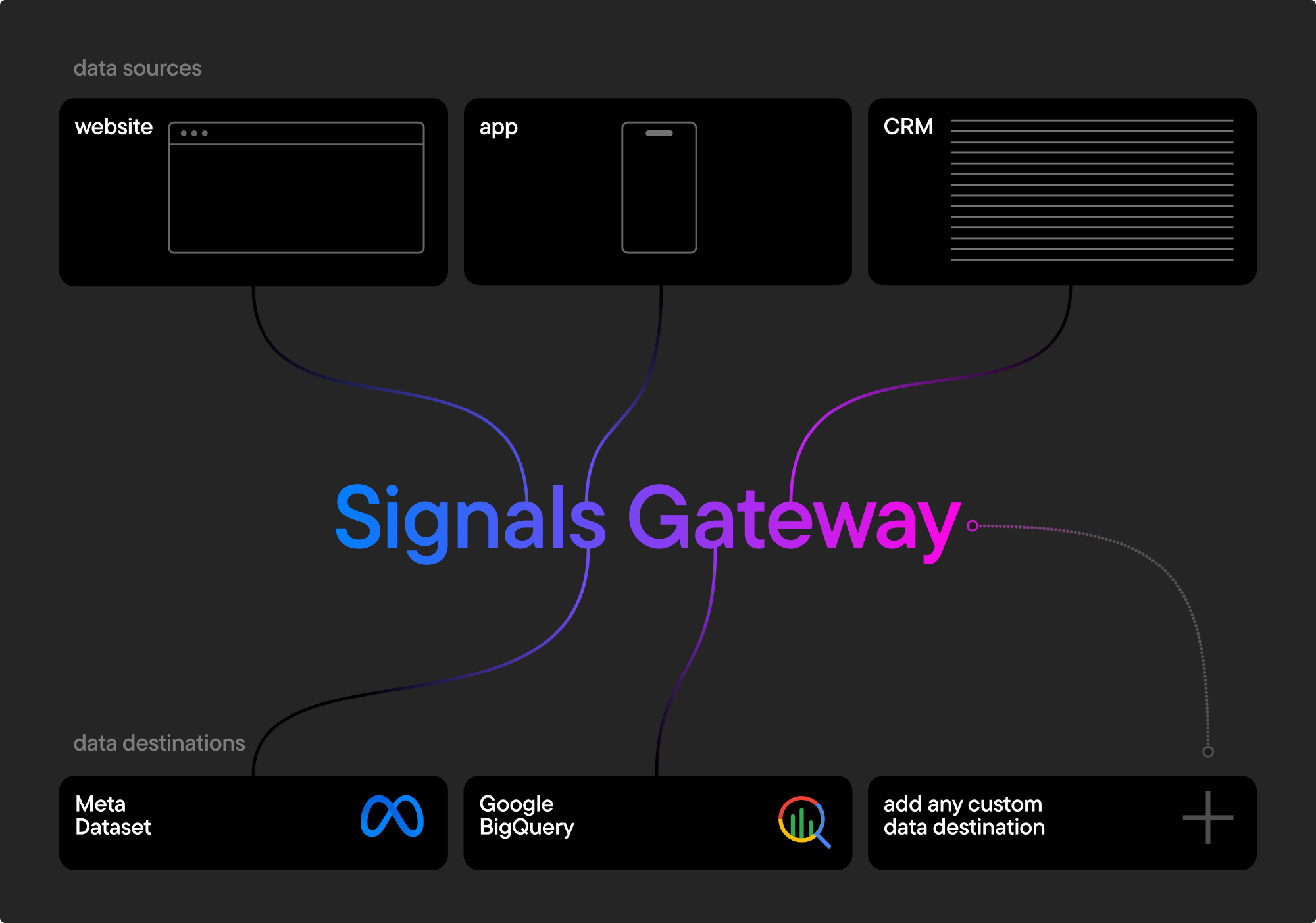
Signals Gateway
Broken user journeys—where signals drop between apps, web, and ad platforms—are one of the biggest challenges performance marketers face in 2025. Meta’s Signals Gateway tackles this. It serves as a central nervous system for event data, securely routing signals from every touchpoint to Meta and beyond.
Here’s what it does:
- Centralized event flow: Sign-ups, purchases, and session events flow into your cloud (AWS, GCP, or Azure) and are then distributed to Meta Ads Manager, analytics tools, or retargeting platforms.
- Real-time processing: Server-side routing ensures that there are no more data gaps from browser crashes or app interruptions. Events are captured instantly and continuously.
- Compliance by design: The data never detours through unnecessary layers like browsers or client devices, minimizing exposure risk and making privacy obligations easier to meet.
Pitfalls to avoid
- Delayed implementation: As third-party data access declines, postponing Signals Gateway setup could hinder optimization, retargeting, and fraud detection.
- Misconfigured routing: Double-check that events are partitioned (test vs. production) and routed only to platforms where you have explicit user consent.
Signals Gateway, simplified with Bïrch
Signals Gateway used to be something only big enterprises could tackle. We’ve stripped out the complexity and built tools that let growth teams like yours set up advanced, cookieless tracking in a matter of hours, not weeks.
Our onboarding walks you through every step. With one‑click integrations to major ad and analytics platforms, you don’t need a huge engineering team to get started.
We also designed it to last. Privacy rules aren’t slowing down, and we know how frustrating it is to rebuild your setup every time iOS or Android shifts the goalposts. The framework we’ve built anticipates those changes—so the tracking you implement today will still work tomorrow.
As a marketer, this means getting your visibility back. With cleaner data flowing into Meta’s AI, you can see exactly what’s driving results, optimize faster, and stop wasting money on guesswork. That clarity helps our clients scale in competitive app markets and turn installs into paying, loyal users.
Want to know how it works? Check out our Signals Gateway walkthrough video 👇
Signal restored: CricksyDog slashes CPA by 30% with Bïrch Signals Gateway
CricksyDog, a sustainable pet food brand, hit a wall with their Meta ads. As the brand grew across eight European countries, ads stopped performing as they had been.
Stricter rules around cookies and browser tracking meant Meta couldn’t “see” many of their conversions or user actions, so their campaigns became less effective and more expensive.
They implemented Bïrch Signal Gateways, setting up a Gateway for each country site—the switch was quick and painless. Everything runs behind the scenes, and their results are displayed in the usual campaign performance dashboards.
The impact? Founder and CEO András Vargyas says, “We started seeing results within a few days of setting up Signal Gateways, and in a couple of weeks, the improvements in CPA, conversions, and event tracking became evident.”
In just three months:
- 40% increase in events tracked, improving targeting with precise data
- 30% drop in CPA, making ad spend more efficient
- 35% increase in conversions through enhanced targeting and campaign optimization
Deep linking for app ads
Another key update focuses on deep linking in app advertising. Users expect a smooth experience, and deep linking helps by taking them straight from an ad to the right spot in your app, no matter what device they use or whether they already have the app installed.
How does it work?
- Tapping the ad takes users directly to the content if they already have the app installed.
- Users who don’t yet have the app go to the app store first and then land on the content after installation.
- Attribution tags follow the user the whole way, so the original ad and campaign get full credit.
Pitfalls to avoid
- Complex apps with many pages and dynamic content require thorough link testing: Without it, users may land on generic home pages instead of the intended destination, reducing conversion rates.
- Attribution loss: Some deep link providers may not pass Meta-required click IDs. Select fully compliant platforms to maximize data fidelity.
Other tools to watch
Emerging tools in Meta’s stack provide significant benefits besides just optimizing apps for mobile devices.
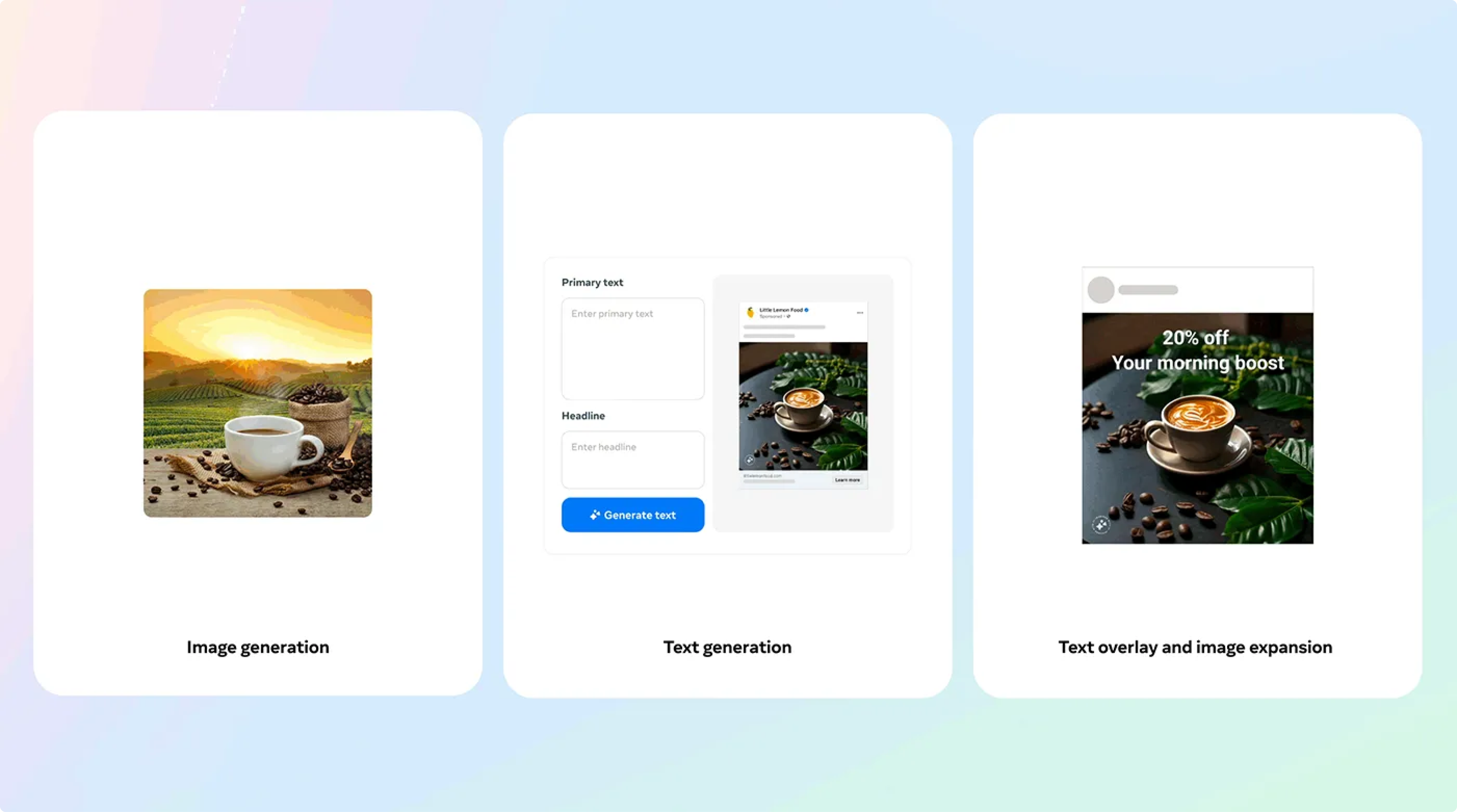
GenAI creative tools
Mobile advertising teams around the world are using Meta’s generative AI platform.
What can Meta’s GenAI do?
- Instantly adapt creative: Existing brand assets are automatically reimagined in dozens of formats, from short video to interactive carousels.
- Language and localization: AI generates copy variants for 25+ languages. It aims to be on-brand and contextually appropriate, but human oversight is still helpful.
- Repurpose content: Static UGC can be transformed into animated, shoppable ads in minutes.
Implementation tips
- It’s best to review and edit AI-generated creative for nuance and compliance, especially in regulated verticals such as healthcare, alcohol, gambling, financial services, and legal industries.
- Build creative “templatization” into workflows. Instead of creating new ads from scratch every time, prepare customizable templates—structured frameworks for ad visuals and copy—that AI systems can quickly adapt to different campaigns, audiences, or formats.
Cross-channel conversion optimization
Cross-channel tools now look way past the install event. For sophisticated teams, this means:
- Targeting users who need an offline-to-app nudge using tactics like email remarketing or prompts to drive app reopenings
- Optimizing for value events: purchases, subscriptions, or other high-LTV actions, not just installs
- Detecting journey drop-off early, allowing real-time adjustment of bidding or creative for incomplete or abandoned funnels, powered by server-side feedback flowing back into Meta
Practical steps
- Set up clear conversion schemas for both in-app and cross-platform events.
- Use Meta’s cross-channel reporting to identify steps with the highest friction, then target those with personalized creative or retargeting.
- Sync with CRM and lifecycle marketing teams to maintain consistent messaging outside the app environment.
What mobile growth teams should prioritize in 2025
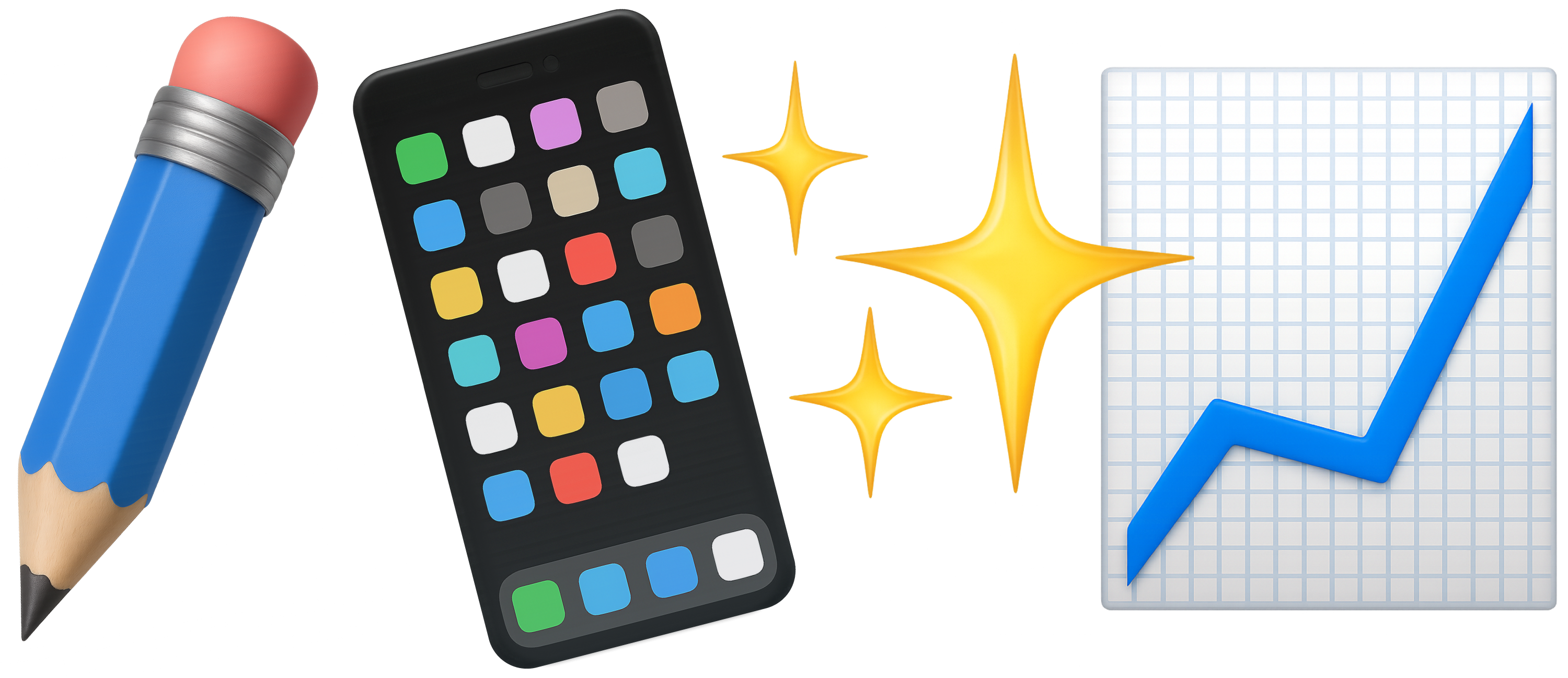
Success with Meta’s tools comes from applying them thoughtfully to your growth goals. Here are some best practices:
- Move fast: Streamline app launch and testing cycles by embracing automated campaign setup via Advantage+.
- Be precise: Fix attribution gaps, especially on Android, by integrating Meta install referrer and engaged-view attribution.
- Own your data: Prioritize a privacy-first, server-side infrastructure with solutions like Signals Gateway—partnering with specialists like Bïrch when needed.
- Make creative count: Accelerate creative iteration using Meta’s gen-AI capabilities, but review the output and adjust what doesn’t land.
- Map the journey: Plan campaigns and deep links for seamless, high-conversion onboarding—not just raw install growth.
When you build these principles into your marketing roadmap, you’ll be ready to outperform slower-moving competitors as the next wave of platform shifts arrives.
Ready to boost your mobile app advertising with smarter, privacy-friendly data tracking? Bïrch simplifies the setup of Meta’s Signals Gateway and helps you get more accurate attribution and better results without a heavy tech lift.
FAQs
What is Meta’s biggest change to mobile app advertising tools in 2025?
The full default rollout of the Advantage+ suite is one of the most significant shifts. Automated campaign setup and optimization are the new standards, phasing out most manual configurations.
How does Signals Gateway differ from the Meta Pixel?
Signals Gateway operates server-side, in your cloud, enabling better control and compliance. The Meta Pixel is a client-side tracker with more privacy (and ad-blocking) limitations.
Can I measure Android installs accurately after recent privacy policy changes?
Yes, with the improved Meta install referrer integration and engaged-view attribution. However, privacy guidelines still require ongoing monitoring.
Do these tools work for web-to-app flows?
Yes. Server-side event solutions and advanced deep linking support cross-platform journeys from web ads to app stores and directly into the app.
Should I rely on Meta’s AI creative or use my own team?
Many teams are using AI creative tools for rapid iteration and at-scale testing, but it’s still a good idea to review outputs for brand fit and compliance.
What happened to Revealbot?
Revealbot underwent a comprehensive rebrand and is now known as Bïrch. This transformation reflects our renewed focus on blending automation efficiency with creative collaboration.
Meta has become the gold standard for mobile app advertising. In just a year, they have fast-tracked automation, fine-tuned attribution, and put privacy-first data routing front and center—changing how growth teams approach campaigns.
The shift has been dramatic. AI now handles a lot of the busywork, freeing us up to focus on strategy and creativity. With new tools like the Advantage+ suite and upgrades behind the scenes (like Andromeda), it’s a whole new playing field.
With so many options, teams need to focus on the tools that really move the needle. This guide spotlights the Meta mobile ad tools that are worth your attention in 2025 with guidance to help you avoid common mistakes and achieve the best possible results.
Key takeaways
- Advantage+ app campaigns (AAC) simplify launch and growth with AI-driven setups and creative testing.
- New attribution tools like Meta install referrer and engaged-view attribution close Android tracking gaps.
- Signals Gateway—through Bïrch (formerly Revealbot)—and advanced deep linking unify user journeys and improve signal quality.
- Bonus AI tools enhance creative generation and cross-channel optimization, critical for scaling mobile app ads in 2025.
For new app launches: smarter campaigns with Advantage+ app campaigns

Launching a mobile app used to mean juggling separate campaign types—install, engagement, sales, and lead gen—each with its own setup. In 2025, Meta has consolidated this into a unified campaign flow: all app promotion, sales, and lead campaigns now default to the Advantage+ automation setup.
This unified structure means Meta’s AI handles most decisions—from placements to creative variations to audience selection—leaving marketers to focus on strategy and signal quality.
What’s new in 2025?
- Predictive creative testing: Advantage+ app campaigns use data-driven predictions of creative and audience fit to prioritize your best assets early, cutting down manual A/B testing and accelerating optimization.
- Integrated post-install metrics: Installs don’t mean campaigns are over. Instead, they can be optimized toward in-app purchases, subscriptions, or other LTV metrics, using event data from your MMP or Meta SDK.
- Faster learning phase: Improved signal processing shortens the learning phase, meaning campaigns stabilize and scale more quickly.
- Andromeda back-end: Meta’s new Andromeda infrastructure leverages advanced ML and AI to improve user matching and accelerate ad delivery.
- Expanded lead-gen tools: Lead generation campaigns are now integrated into the Advantage+ dashboard, streamlining onboarding-focused growth funnels (e.g., pre-registration, waitlists) alongside install and sales goals.
What can you still do manually?
While AAC automates much of the setup, you still have control over:
- Creative strategy: Choosing themes, narratives, and variations for AI to mix and match.
- Event prioritization: Defining what matters most (e.g., registration vs. purchase).
- Budget allocation by geo: Meta still allows region-level control for global launches.
When to use Advantage+ ad campaigns
- Early-stage launches where speed is key and teams are lean
- Markets with fragmented audiences (e.g., tier-2 geos) where automation can outperform manual targeting
- Launching major feature updates
- When testing multiple creatives rapidly without heavy UA resources
Common pitfalls & solutions
🔴 Pitfall: Over-trusting automation and turning a blind eye to brand-side feedback.
🟢 Solution: Schedule weekly manual reviews where you focus on creative resonance and brand safety checks, even if the algorithm is driving spend.
🔴 Pitfall: Underinvesting in creative diversity.
🟢 Solution: Launch with more creative variants (static, videos, carousels) than you think you need. Meta’s ML can find breakouts faster with more breadth.
For better attribution: Meta’s fixes for Android tracking gaps

Apple’s privacy updates may have grabbed headlines, but challenges with tracking Android app campaigns have emerged more quietly.
With referrer data disappearing and the rollout of Privacy Sandbox, tracking installs and post-install events became harder. Meta responded with updates to two of its attribution tools: Meta install referrer and engaged view attribution.
Meta install referrer
Historically, Android attribution was affected by inconsistent measurement, especially as privacy restrictions tightened. In late 2024 and early 2025, Meta faced scrutiny over Android tracking methods. Their response? Thorough fixes supported by new tracking and attribution flows.
The key update is enhanced support for the install referrer API, which allows Meta to attribute installs (and sometimes in-app activity) accurately by reading referrer data passed back from the Play Store after an ad click and app install.
Meta install referrer can help when you want to capture installs that Google Play doesn’t attribute due to session limitations, or when traditional attribution might miss multiple session click-through installs.
Meta install referrer lets you gain deeper insights into user install paths across multiple ad interactions, helping you understand complex customer journeys and optimize your marketing strategies accordingly.
However, this tool isn’t as well-suited when:
- Targeting iOS or non-Google Play installs (e.g., Amazon store)
- Redirecting users to web pages instead of the Play Store
- Ads run outside Meta apps or in environments with restricted local storage
- You need cross-device or cross-user attribution (it only tracks installs on the same device)
Engaged-view attribution
New support for engaged-view attribution means marketers can measure conversions from users who viewed an ad (not just clicked). This can boost a team’s understanding of upper-funnel effectiveness, especially on Android, where click-based tracking may be suppressed for privacy. These attribution upgrades help teams close gaps and report more holistically on ROAS and LTV.
Engaged-view attribution is helpful for video ad campaigns where you want to measure conversions from viewers who engage deeply with your video (watching at least 10 seconds or 97% of shorter videos) but don’t click the ad.
It’s handy for understanding the impact of video ads on brand awareness, consideration, and conversions within 24 hours after viewing.
Here are some things to consider:
- It complements, rather than replaces, click-through and standard view-through attribution.
- It only covers a small fraction of conversions, so it’s more meaningful for higher-budget or video-focused campaigns.
- It’s specific to video placements (not unskippable in-stream placements).
For seamless journeys: smarter signal routing and deep linking

Signals Gateway
Broken user journeys—where signals drop between apps, web, and ad platforms—are one of the biggest challenges performance marketers face in 2025. Meta’s Signals Gateway tackles this. It serves as a central nervous system for event data, securely routing signals from every touchpoint to Meta and beyond.
Here’s what it does:
- Centralized event flow: Sign-ups, purchases, and session events flow into your cloud (AWS, GCP, or Azure) and are then distributed to Meta Ads Manager, analytics tools, or retargeting platforms.
- Real-time processing: Server-side routing ensures that there are no more data gaps from browser crashes or app interruptions. Events are captured instantly and continuously.
- Compliance by design: The data never detours through unnecessary layers like browsers or client devices, minimizing exposure risk and making privacy obligations easier to meet.
Pitfalls to avoid
- Delayed implementation: As third-party data access declines, postponing Signals Gateway setup could hinder optimization, retargeting, and fraud detection.
- Misconfigured routing: Double-check that events are partitioned (test vs. production) and routed only to platforms where you have explicit user consent.
Signals Gateway, simplified with Bïrch
Signals Gateway used to be something only big enterprises could tackle. We’ve stripped out the complexity and built tools that let growth teams like yours set up advanced, cookieless tracking in a matter of hours, not weeks.
Our onboarding walks you through every step. With one‑click integrations to major ad and analytics platforms, you don’t need a huge engineering team to get started.
We also designed it to last. Privacy rules aren’t slowing down, and we know how frustrating it is to rebuild your setup every time iOS or Android shifts the goalposts. The framework we’ve built anticipates those changes—so the tracking you implement today will still work tomorrow.
As a marketer, this means getting your visibility back. With cleaner data flowing into Meta’s AI, you can see exactly what’s driving results, optimize faster, and stop wasting money on guesswork. That clarity helps our clients scale in competitive app markets and turn installs into paying, loyal users.
Want to know how it works? Check out our Signals Gateway walkthrough video 👇
Signal restored: CricksyDog slashes CPA by 30% with Bïrch Signals Gateway
CricksyDog, a sustainable pet food brand, hit a wall with their Meta ads. As the brand grew across eight European countries, ads stopped performing as they had been.
Stricter rules around cookies and browser tracking meant Meta couldn’t “see” many of their conversions or user actions, so their campaigns became less effective and more expensive.
They implemented Bïrch Signal Gateways, setting up a Gateway for each country site—the switch was quick and painless. Everything runs behind the scenes, and their results are displayed in the usual campaign performance dashboards.
The impact? Founder and CEO András Vargyas says, “We started seeing results within a few days of setting up Signal Gateways, and in a couple of weeks, the improvements in CPA, conversions, and event tracking became evident.”
In just three months:
- 40% increase in events tracked, improving targeting with precise data
- 30% drop in CPA, making ad spend more efficient
- 35% increase in conversions through enhanced targeting and campaign optimization
Deep linking for app ads
Another key update focuses on deep linking in app advertising. Users expect a smooth experience, and deep linking helps by taking them straight from an ad to the right spot in your app, no matter what device they use or whether they already have the app installed.
How does it work?
- Tapping the ad takes users directly to the content if they already have the app installed.
- Users who don’t yet have the app go to the app store first and then land on the content after installation.
- Attribution tags follow the user the whole way, so the original ad and campaign get full credit.
Pitfalls to avoid
- Complex apps with many pages and dynamic content require thorough link testing: Without it, users may land on generic home pages instead of the intended destination, reducing conversion rates.
- Attribution loss: Some deep link providers may not pass Meta-required click IDs. Select fully compliant platforms to maximize data fidelity.
Other tools to watch
Emerging tools in Meta’s stack provide significant benefits besides just optimizing apps for mobile devices.

GenAI creative tools
Mobile advertising teams around the world are using Meta’s generative AI platform.
What can Meta’s GenAI do?
- Instantly adapt creative: Existing brand assets are automatically reimagined in dozens of formats, from short video to interactive carousels.
- Language and localization: AI generates copy variants for 25+ languages. It aims to be on-brand and contextually appropriate, but human oversight is still helpful.
- Repurpose content: Static UGC can be transformed into animated, shoppable ads in minutes.
Implementation tips
- It’s best to review and edit AI-generated creative for nuance and compliance, especially in regulated verticals such as healthcare, alcohol, gambling, financial services, and legal industries.
- Build creative “templatization” into workflows. Instead of creating new ads from scratch every time, prepare customizable templates—structured frameworks for ad visuals and copy—that AI systems can quickly adapt to different campaigns, audiences, or formats.
Cross-channel conversion optimization
Cross-channel tools now look way past the install event. For sophisticated teams, this means:
- Targeting users who need an offline-to-app nudge using tactics like email remarketing or prompts to drive app reopenings
- Optimizing for value events: purchases, subscriptions, or other high-LTV actions, not just installs
- Detecting journey drop-off early, allowing real-time adjustment of bidding or creative for incomplete or abandoned funnels, powered by server-side feedback flowing back into Meta
Practical steps
- Set up clear conversion schemas for both in-app and cross-platform events.
- Use Meta’s cross-channel reporting to identify steps with the highest friction, then target those with personalized creative or retargeting.
- Sync with CRM and lifecycle marketing teams to maintain consistent messaging outside the app environment.
What mobile growth teams should prioritize in 2025

Success with Meta’s tools comes from applying them thoughtfully to your growth goals. Here are some best practices:
- Move fast: Streamline app launch and testing cycles by embracing automated campaign setup via Advantage+.
- Be precise: Fix attribution gaps, especially on Android, by integrating Meta install referrer and engaged-view attribution.
- Own your data: Prioritize a privacy-first, server-side infrastructure with solutions like Signals Gateway—partnering with specialists like Bïrch when needed.
- Make creative count: Accelerate creative iteration using Meta’s gen-AI capabilities, but review the output and adjust what doesn’t land.
- Map the journey: Plan campaigns and deep links for seamless, high-conversion onboarding—not just raw install growth.
When you build these principles into your marketing roadmap, you’ll be ready to outperform slower-moving competitors as the next wave of platform shifts arrives.
Ready to boost your mobile app advertising with smarter, privacy-friendly data tracking? Bïrch simplifies the setup of Meta’s Signals Gateway and helps you get more accurate attribution and better results without a heavy tech lift.
FAQs
What is Meta’s biggest change to mobile app advertising tools in 2025?
The full default rollout of the Advantage+ suite is one of the most significant shifts. Automated campaign setup and optimization are the new standards, phasing out most manual configurations.
How does Signals Gateway differ from the Meta Pixel?
Signals Gateway operates server-side, in your cloud, enabling better control and compliance. The Meta Pixel is a client-side tracker with more privacy (and ad-blocking) limitations.
Can I measure Android installs accurately after recent privacy policy changes?
Yes, with the improved Meta install referrer integration and engaged-view attribution. However, privacy guidelines still require ongoing monitoring.
Do these tools work for web-to-app flows?
Yes. Server-side event solutions and advanced deep linking support cross-platform journeys from web ads to app stores and directly into the app.
Should I rely on Meta’s AI creative or use my own team?
Many teams are using AI creative tools for rapid iteration and at-scale testing, but it’s still a good idea to review outputs for brand fit and compliance.
What happened to Revealbot?
Revealbot underwent a comprehensive rebrand and is now known as Bïrch. This transformation reflects our renewed focus on blending automation efficiency with creative collaboration.











